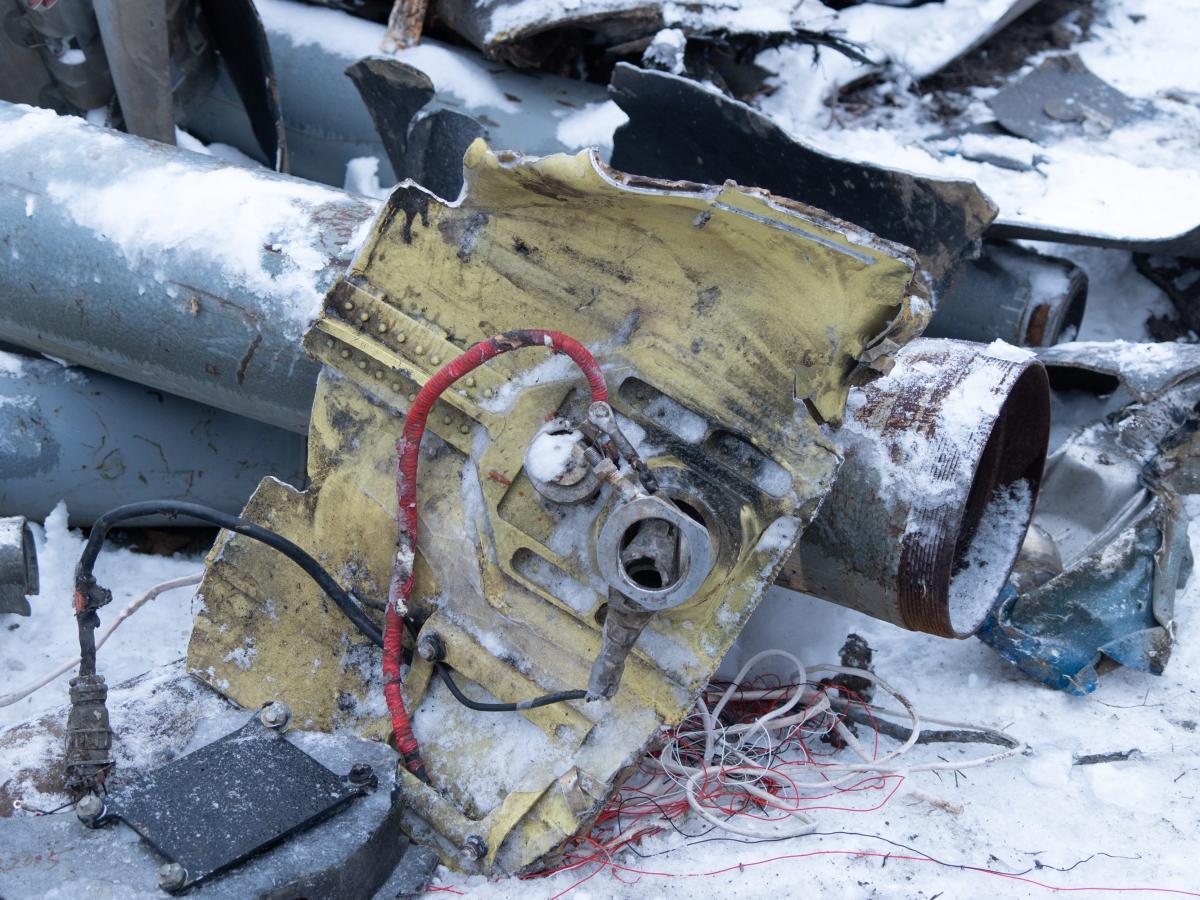-
About half of the North Korean missiles fired by Russia at Ukraine have failed, a Ukrainian official said.
-
The missiles that failed flew off course and exploded in midair.
-
Ukraine’s top prosecutor told Reuters they’re investigating missile debris.
About half of the North Korean missiles Russia has fired at Ukraine have failed, Ukraine’s top prosecutor said, per new reporting.
The high reported failure rate raises questions about the quality of North Korean-provided munitions and comes after months of concern about how an arms deal between the two countries could influence the war in Ukraine and North Korea’s own efforts to improve its military capabilities.
State prosecutors have been examining the debris of 21 out of 50 North Korean missiles fired at Ukraine by Russia between December and February. About half of the missiles “lost their programmed trajectories and exploded in the air,” Ukraine’s top prosecutor Andriy Kostin told Reuters, noting that debris was not collected for these weapons.
This falls in line with previous assessments from Ukraine. Back in March, Yuriy Belousov, head of the war crimes department of Ukraine’s office of the prosecutor general, said North Korean ballistic missiles were “very low” quality, boasting an accuracy rate of only around 20 percent.
Beyond the missiles, North Korean rockets have also been called into question. Last summer, the Ukrainians got their hands on North Korean rockets that troops characterized as “very unreliable,” noting they sometimes “do crazy things.” They said it wasn’t odd for them to misfire or explode.
The reported problems add to suspicions about weaknesses in North Korea’s stockpiles, as sanctions and dated production capabilities impact the quality of missiles and other munitions. The battlefield intelligence Pyongyang may be receiving about the performance and capabilities of its weapon systems could be invaluable though.
When North Korean leader Kim Jong Un met with Russian President Vladimir Putin in September 2023 for a summit on a potential arms deal, officials and experts expressed concerns that such a partnership could be mutually beneficial. The concern was that Putin would get more ammo for his war in Ukraine, and North Korea would get field testing of its weapons to improve the quality of the country’s munitions.
In November 2023, South Korean lawmakers estimated a million North Korean shells had been sent to Russia, beating out the European Union’s collective aid to Ukraine since Moscow’s forces invaded. In addition to shells, North Korea has also sent rockets and ballistic missiles to Russia as well, helping sustain it as Ukraine struggled to do the same.
One of the North Korean missiles sent to Russia appears to be KN-23s, known in North Korea as the short-range Hwasong 11. Hwasong 11s resemble Russian Iskander-M missiles and boast a range of around 430 miles.
Ukrainian officials and experts have identified fragments of the Hwasong 11 in the aftermath of several attacks, including one in early January and one in early February, both in Kharkiv. Kostin told Reuters the last recorded use of the weapon was February 27.
Along with Kharkiv, other cities, such as Kyiv, and regions, such as Donetsk and Kirovohrad, have been the targets of missile strikes. Since December 30, the attacks have killed 24 people and wounded 115, damaging various residential areas.
Read the original article on Business Insider
